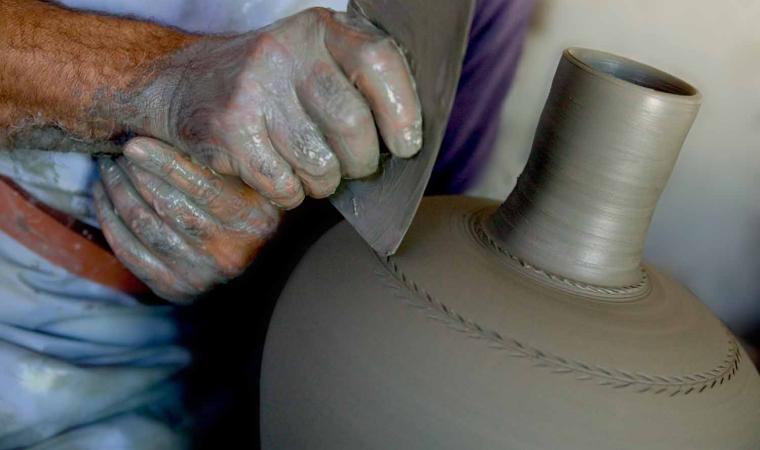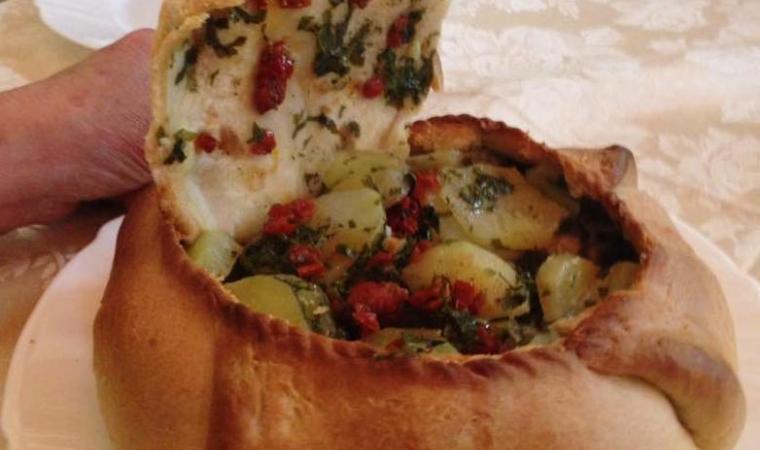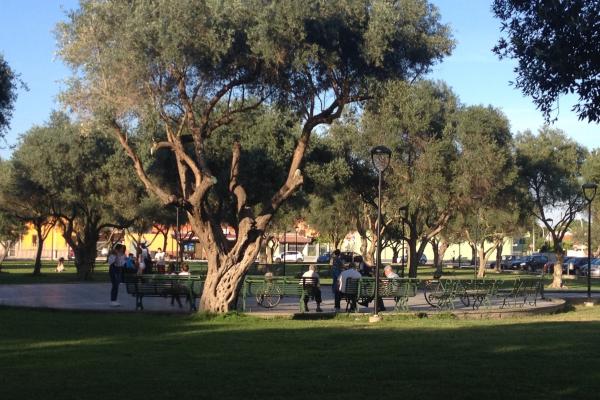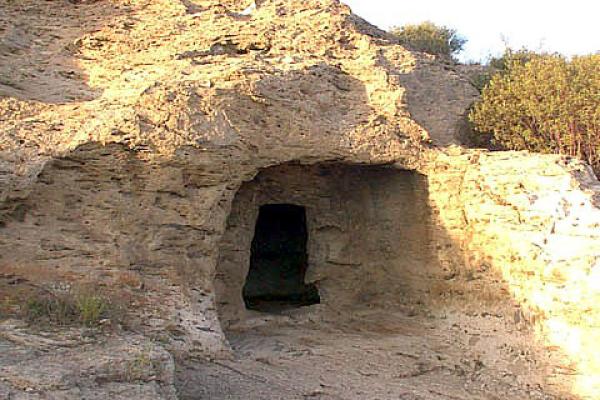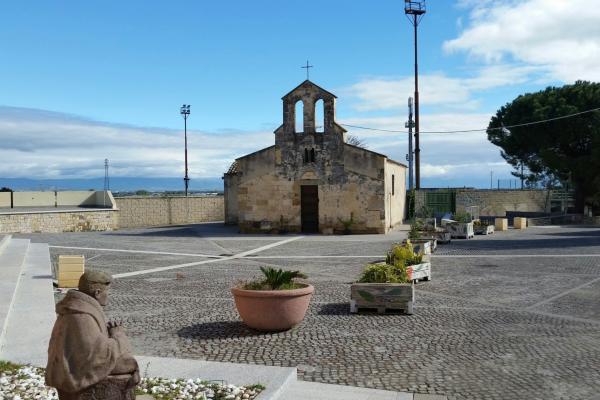It stands in the lower Campidano plain, north of the Stagno di Santa Gilla, in a territory irrigated by various watercourses. Assemini has been inhabited since prehistoric times. In the mountainous area of Fanebas there are even traces of a Nuragic civilisation. Punic and Roman necropolises, on the other hand, are located near Is Tuvus and Porcili Isidori. A document dating back to 1107 shows the name of the Giudicato Villa of Arsemine, which led to the birth of the town in the Middle Ages. In fact, the layout of the Byzantine church of San Giovanni Battista dates back to the 11th century, with a Greek cross layout, today found in the historic centre. The parish church of San Pietro, an admirable example of Gothic-Catalan architecture, dates back to the second half of the 16th century. Around these are the thoroughfares of the village created by the typical Campidano houses built with bricks of mud and straw (ladiri) and characterised by their arched portals.

Town
One of the most important villages in the hinterland of Cagliari is this hub of ceramic art, around a territory with many attractions throughout its mountains and lagoon
One of the most important villages in the hinterland of Cagliari is this hub of ceramic art, around a territory with many attractions throughout its mountains and lagoon
See this place because...
You will admire ceramic artefacts, jewels of the artisan art of a town with strong identity of traditions, surrounded by a territory of naturalistic splendour
Pictures and videos
You may also like
More attractions in the vicinity
Nearby hotels and accommodations

ASSEMINI
0 km

ASSEMINI
0 km

Bed and breakfast (rental rooms)
ASSEMINI
0 km

